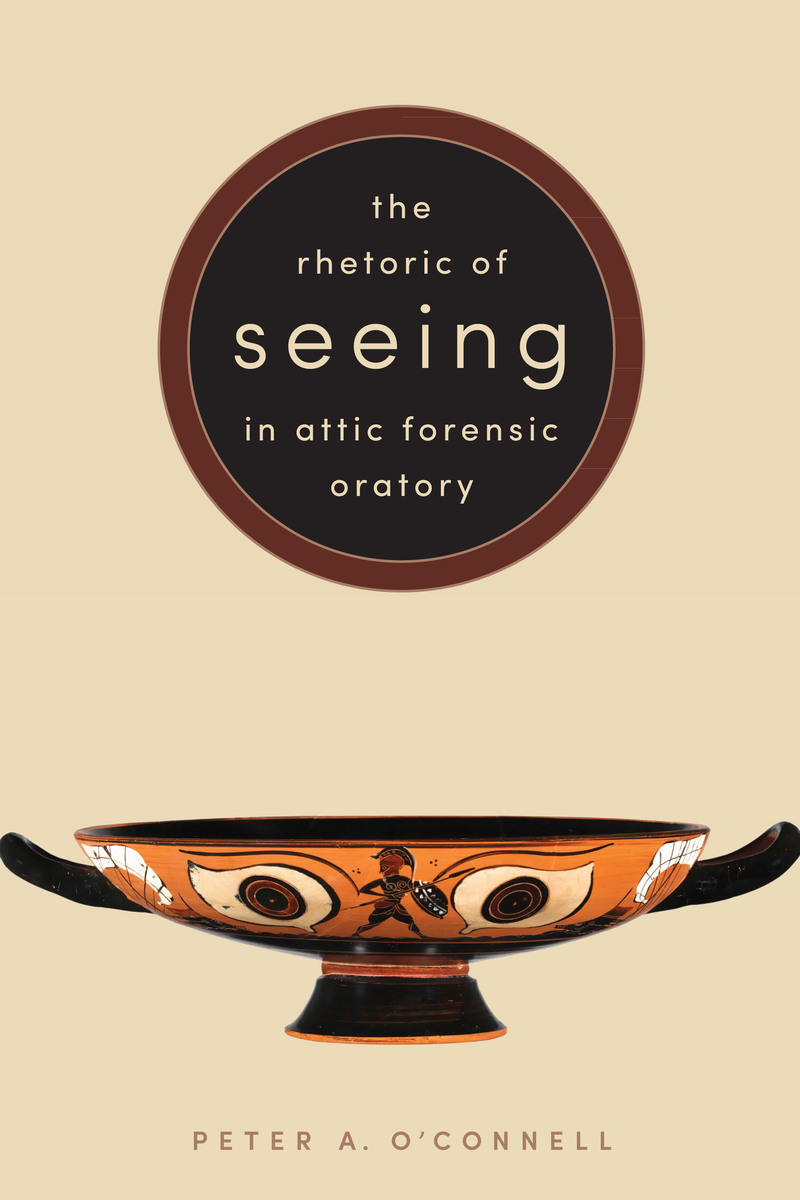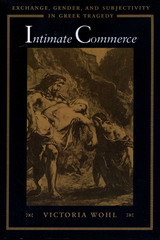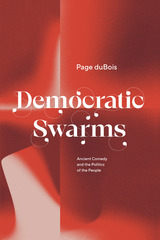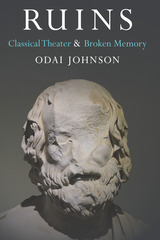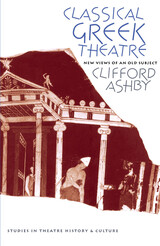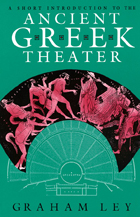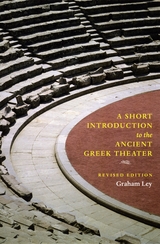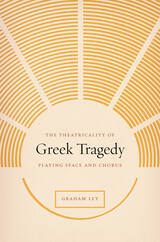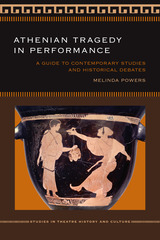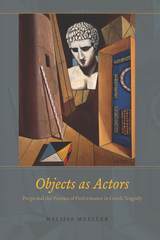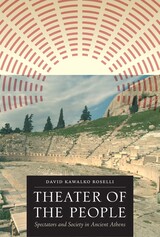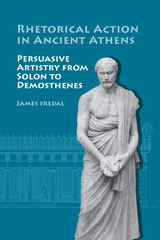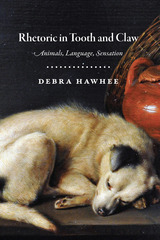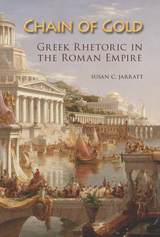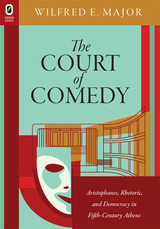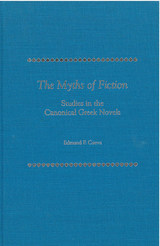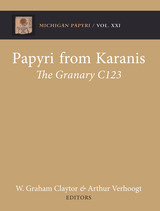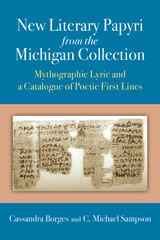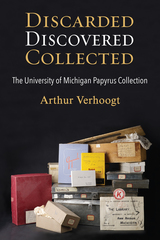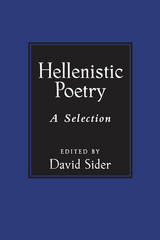The Rhetoric of Seeing in Attic Forensic Oratory
University of Texas Press, 2017
Cloth: 978-1-4773-1168-4 | eISBN: 978-1-4773-1170-7 (ePub) | eISBN: 978-1-4773-1169-1 (PDF)
Library of Congress Classification PA3263.O34 2017
Dewey Decimal Classification 885.0109
Cloth: 978-1-4773-1168-4 | eISBN: 978-1-4773-1170-7 (ePub) | eISBN: 978-1-4773-1169-1 (PDF)
Library of Congress Classification PA3263.O34 2017
Dewey Decimal Classification 885.0109
ABOUT THIS BOOK | AUTHOR BIOGRAPHY | REVIEWS | TOC
ABOUT THIS BOOK
In ancient Athenian courts of law, litigants presented their cases before juries of several hundred citizens. Their speeches effectively constituted performances that used the speakers’ appearances, gestures, tones of voice, and emotional appeals as much as their words to persuade the jury. Today, all that remains of Attic forensic speeches from the fifth and fourth centuries BCE are written texts, but, as Peter A. O’Connell convincingly demonstrates in this innovative book, a careful study of the speeches’ rhetoric of seeing can bring their performative aspect to life. Offering new interpretations of a wide range of Athenian forensic speeches, including detailed discussions of Demosthenes’ On the False Embassy, Aeschines’ Against Ktesiphon, and Lysias’ Against Andocides, O’Connell shows how litigants turned the jurors’ scrutiny to their advantage by manipulating their sense of sight. He analyzes how the litigants’ words work together with their movements and physical appearance, how they exploit the Athenian preference for visual evidence through the language of seeing and showing, and how they plant images in their jurors’ minds. These findings, which draw on ancient rhetorical theories about performance, seeing, and knowledge as well as modern legal discourse analysis, deepen our understanding of Athenian notions of visuality. They also uncover parallels among forensic, medical, sophistic, and historiographic discourses that reflect a shared concern with how listeners come to know what they have not seen.
See other books on: Athens | Oratory, Ancient | Rhetoric, Ancient | Seeing | Speeches, addresses, etc., Greek
See other titles from University of Texas Press
